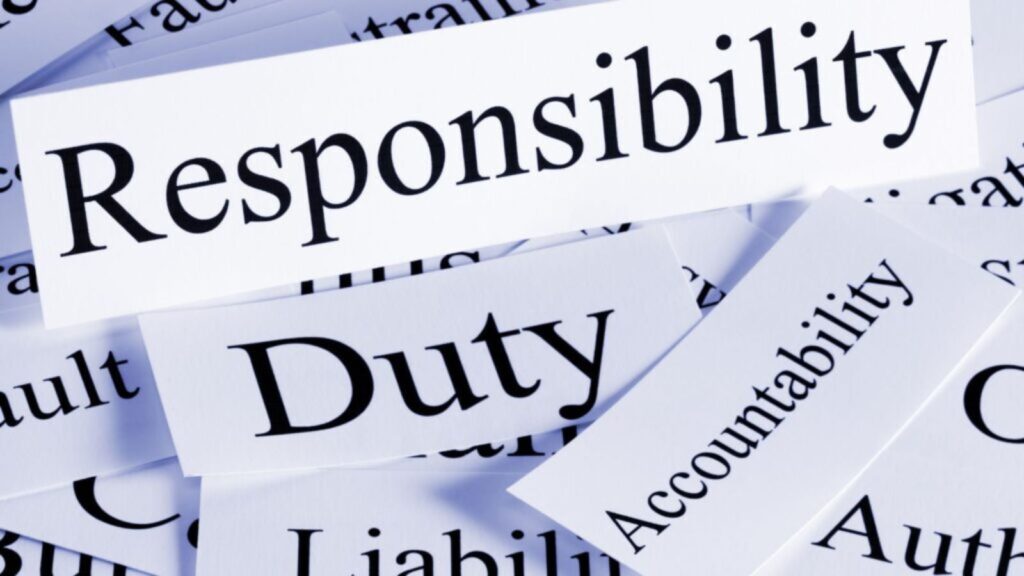Passive aggressive behavior is draining and, at times, can make you question your own reality as it isn’t always obvious. It can be a problem in relationships at home and at the office, so having a way to recognize and deal with it helps. Here are 20 tips to help you handle passive-aggressive behavior.
Recognize the Signs

Identifying passive-aggressive behavior is the first step. This includes sarcastic remarks, subtle insults, procrastination, or “forgetting” to do tasks. Understanding these signs enables you to address the behavior more effectively rather than overlooking it as simple moodiness or misunderstanding. One of the difficulties of addressing passive-aggressive behavior is that it’s subtle and hard to recognize.
Stay Calm

Keeping your composure is key, as reacting emotionally can escalate the situation. Doing this plays into the hands of the passive-aggressive person who is looking for a response. Staying calm will stop them from repeating their behavior as they aren’t able to get the reaction they want.
Address the Behavior Directly

Confront the behavior by discussing the specific actions that are problematic. If someone uses sarcasm to criticize, mention the situations and how those comments make you feel. This can sometimes shock the person into realizing their behavior is noticeable and problematic. Some people don’t always realize that their comments are hurtful.
Use “I” Statements

To keep defensive walls down, use “I” statements that focus on your feelings rather than accusing the other person. This can help vocalize your perspective without making the other person feel attacked, opening the door for a more constructive conversation.
Set Boundaries

Define what behaviors you find acceptable and those you don’t. You can say, “I’m here to listen when you’re ready to openly discuss your feelings, but I find indirect criticism unproductive.” Setting clear boundaries discourages passive-aggressive behaviors by defining the consequences of such actions. Boundaries are helpful in all forms of relationships and if they’re respected, healthier communication is possible.
Offer a Safe Space for Expression

People exhibit passive-aggressive behaviors because they can't express their frustration or anger directly. By creating a safe, non-judgmental space for discussion, you’re giving them the opportunity to be more direct. It’s likely they grew up in an environment where communication was not encouraged, and they’ll appreciate your efforts to be open.
Focus on the Issue, Not the Person

Keep the conversation focused on the behavior and its impacts rather than making it about the person’s character. This keeps discussions constructive, reducing the likelihood of a defensive reaction and an escalation into an argument.
Ask Clarifying Questions

Asking questions can help discover the underlying issues behind the behavior. Inquiring with genuine curiosity about their feelings or the reasons behind their actions gives them the chance to open up. Doing this may take time if the person has trust issues, but if your attempts at resolution are genuine, they’ll eventually be more receptive.
Encourage Responsibility

Encourage the individual to take responsibility for their actions by explaining how their behavior affects you or others. We don’t always want to hear how we negatively affect others, but when it’s made clear, there’s more chance of a change in behavior. This should be done in a non-confrontational way and with a willingness to listen to what they have to say.
Ignore the Behavior

Sometimes, passive-aggressive behaviors are used to get attention or provoke a reaction. Choosing not to engage can sometimes be the most effective response, especially for minor acts. As difficult as it is to not react at times, focus on something else, and pretend it never happened.
Reinforce Positive Behavior

Acknowledge when the person engages in open and constructive behavior. Positive reinforcement helps a change toward more healthy communication patterns. Communication probably doesn’t come naturally to them, so it’s another area that will take time, but starting with small steps will see an improvement.
Be Consistent

Being consistent in how you handle passive-aggressive behavior sets a pattern of consequences. They are more likely to think twice about what they’re doing if they know what will happen if they persist.
Practice Empathy

Understanding the causes of passive-aggressive behavior, such as fear of conflict or feelings of powerlessness, can help you address the situation more sympathetically. You’ll also find that you learn something about why people behave the way that they do. Rather than being angry, listen to what they have to say.
Stay Professional

In professional settings, you must remain calm and not react, regardless of personal feelings. An overreaction could put your job at risk, and that could be what the person is looking for.
Avoid Gossip

Keep your discussions about the behavior between you and the person involved. Spreading the word will just make the situation even worse, and any attempts at reconciliation won’t be achieved.
Keep Records

Documenting instances when passive-aggressive behavior affects work or breaches agreements gives you evidence if needed. As it is subtle, you might start to doubt yourself, so having a journal will also give you reassurance.
Seek Mediation

If direct efforts don’t resolve the issues, consider seeking help from a mediator or counselor. A counselor will be particularly helpful in a relationship if you’re having communication issues. It provides a safe space with a trained professional who will listen to you both.
Take Time for Yourself

Dealing with passive-aggression is exhausting, so take care of your emotional and mental health. If it’s at home, get outside and go for a walk or see a friend. If it’s in the workplace then find a colleague you can talk about the situation with.
Evaluate the Relationship

Sometimes, despite your best efforts, the best course of action might be to reconsider your relationship. This will be difficult if it’s with a long-term partner, but it might be the only solution for your mental health. If they’re receptive to resolving the issue, try to work through it first before making any rash decisions.
Seek Professional Help

If passive-aggressive behavior is severe or all your efforts to address it have failed, you might need to see a psychologist or counselor. The long-term effects of the behavior will have taken a toll, and it’s probably started to affect your own behavior. Don’t ignore this, and don’t be afraid to go and see a professional.
30 Traditional Sayings That Are Now Considered Offensive by Woke Culture

30 Traditional Sayings That Are Now Considered Offensive by Woke Culture
21 Habits Often Associated With Having a Lower Social Status

21 Habits Often Associated With Having a Lower Social Status
25 Social Issues Gen Z are Determined to Cancel

